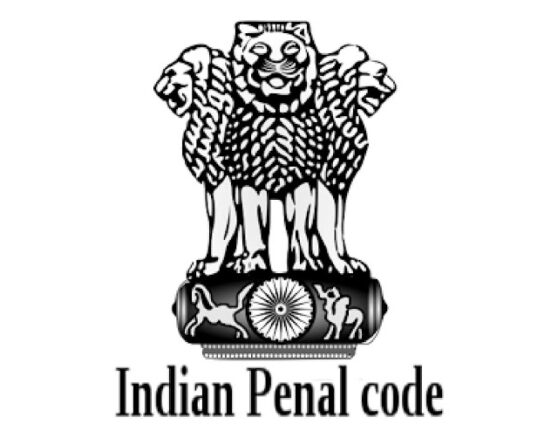Introduction to Criminal breach of trust
The Indian Penal Code of 1860 under Chapter XVII provides for offences against property. Criminal breach of trust is considered as an offence against property under this Chapter and Sections 405 to 409 deals with the specific provisions concerning the criminal breach.
The definition of criminal breach of trust provided under Section 405 can be construed as any dishonest use or disposition of property by one person upon whom the other person has entrusted his property and owing to this dishonest use or disposition the latter should have suffered breach of trust as the act must have been committed in discharge of such trust.
Essentials of Criminal breach of trust
The essential ingredients of the offence of criminal breach of trust are-
- Entrustment of property
- Dishonest intention of the accused
- Misappropriation of property so entrusted or converted the property to own use of the accused to the detriment of the person who has entrusted it on the accused.
In the case of Ramaswamy Nadar v. State of Madras AIR 1957 SC, the Supreme Court held that the aspect of entrustment in the cases of criminal breach of trust is very important, unless there exists entrustment, there can be no offence under section 405 of IPC.
Punishment for Criminal Breach of Trust
Section 406 prescribes punishment if the offence under section 405 is proved. Section 406 provides that any person who has committed an offence of criminal breach of trust shall be punished with either imprisonment of a term which may extend to 3 years or fine or both.
Classification of offence
Criminal breach of trust is classified as a compoundable offence, but the offence is compoundable only by the owner of the property who has entrusted the property with the accused and the owner must take prior permission of the court. Further, the offence of criminal breach is classified to be a cognizable and non- bailable offence which is triable by Magistrate of the first class.
In the case of Jaswantrai Manilal Akhaney v. State of Bombay 1956 SCR 483, the Supreme Court considered the relationship between the owner of the property and the accused in cases of criminal breach of trust as the relationship between the transferor and transferee. Under the circumstances of a criminal breach , the transferor remains to be the owner of the property and only the legal custody of the property will be entrusted with the accused for the benefit of the transferor. Therefore, transferee in these cases only acquires a special interest in the property which is entrusted with him and acquires no right to dispose of that property. Any act in contravention of the condition imposed by the transferor is considered as criminal breach.
Sections 407 to 409 of IPC
Sections 407 to 409 provides for criminal breach of trust by specified individuals, where-
- Section 407 provides for the breach of trust committed by carrier, wharfinger or warehouse-keeper,
- Section 408 provides for the criminal breach committed by clerk or servant, and
- Section 409 provides for the criminal breach committed by a public servant, or by banker, merchant or agent.
Section 407
The offence of criminal breach under Section 407 must be committed by either of the following individuals-
- Carrier,
- Wharfinger, or
- Warehouse-keeper.
Further, the provision prescribes punishment in case of criminal breach of trust committed by the above-mentioned individuals. This provision imposes a higher level of liability on the offenders and prescribes more intensive punishment than the punishment prescribed for an offence under sections 405 and 406. The punishment under section 407 shall be imprisonment which may extend to a term of seven years and the convict shall also be liable to fine.
Illustration: Sam is a warehouse-keeper. Ram entrusts his office furniture with Sam, while he goes on a foreign tour for 2 months. The entrustment was made under a contract where Ram had agreed to pay a sum of Rs. 5000/- as stipulated by Sam towards warehouse room charges for 2 months. Sam dishonestly sells the furniture after 1 month. Sam has committed criminal breach of trust.
Section 408
Under section 408, breach of trust shall be committed by the following individuals-
- Clerk or
- Servant
The offence of breach of trust by the above-mentioned persons maybe committed in respect of the entrustment with any property or with dominion over the property.
Further, section 408 imposes similar punishment as imposed in the cases under section 407. Hence, the punishment under section 408 shall be imprisonment which may extend to a term of seven years and the person who commits the offence shall also be liable to fine.
Section 409
Section 409 states that an offence of criminal breach of trust under this provision shall be committed by the following persons-
- Public servant
- Banker
- Merchant
- Factor
- Broker
- Attorney or
- Agent
Criminal breach of trust must be in respect of entrustment with any property or with any dominion over property.
The section further provides for punishment in case of breach of trust by the specified individuals. The punishment shall be imprisonment for a term which may extend to 10 years and shall also be liable to fine.
In the case of Sadhupati Nageswara Rao v. State of Andhra Pradesh AIR 2012 SC, the Supreme Court observed that in cases under Section 409, the prosecution should prove that the accused was entrusted with the property of which he is duly bound to account for and that he committed criminal breach of trust.
Conclusion
In the light of all the afore-mentioned provisions of IPC, it is clarified that the most important requirement in case of criminal breach of trust is entrustment with any property by the owner to the accused. Without the existence of such entrustment, the offence of breach of trust cannot be proved.
![]()







Leave feedback about this